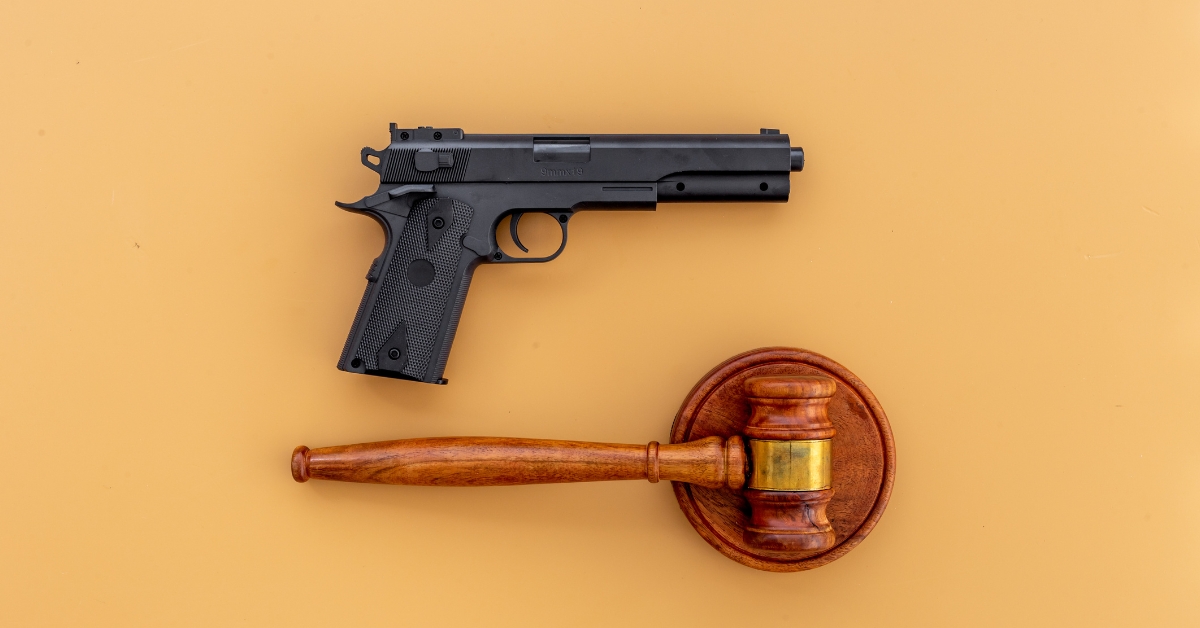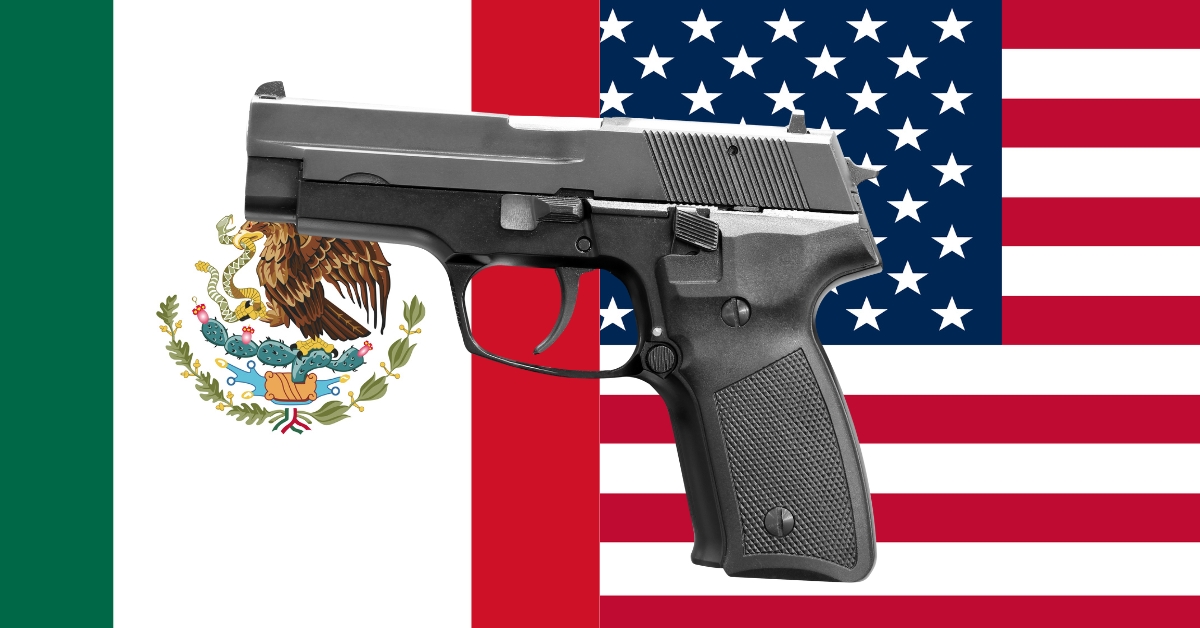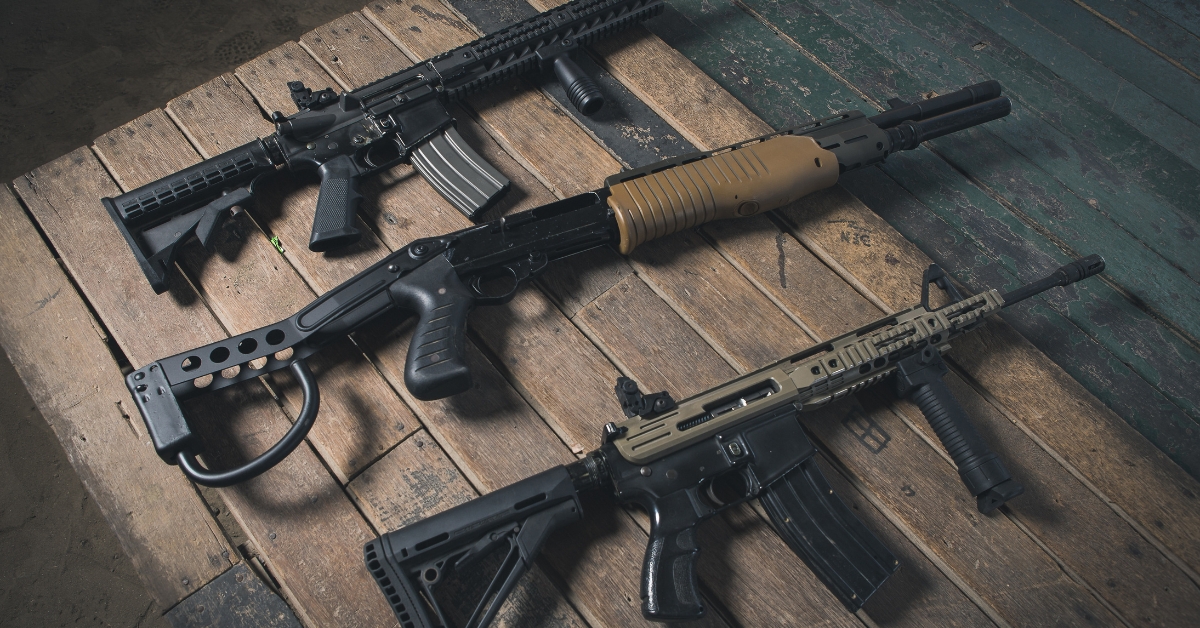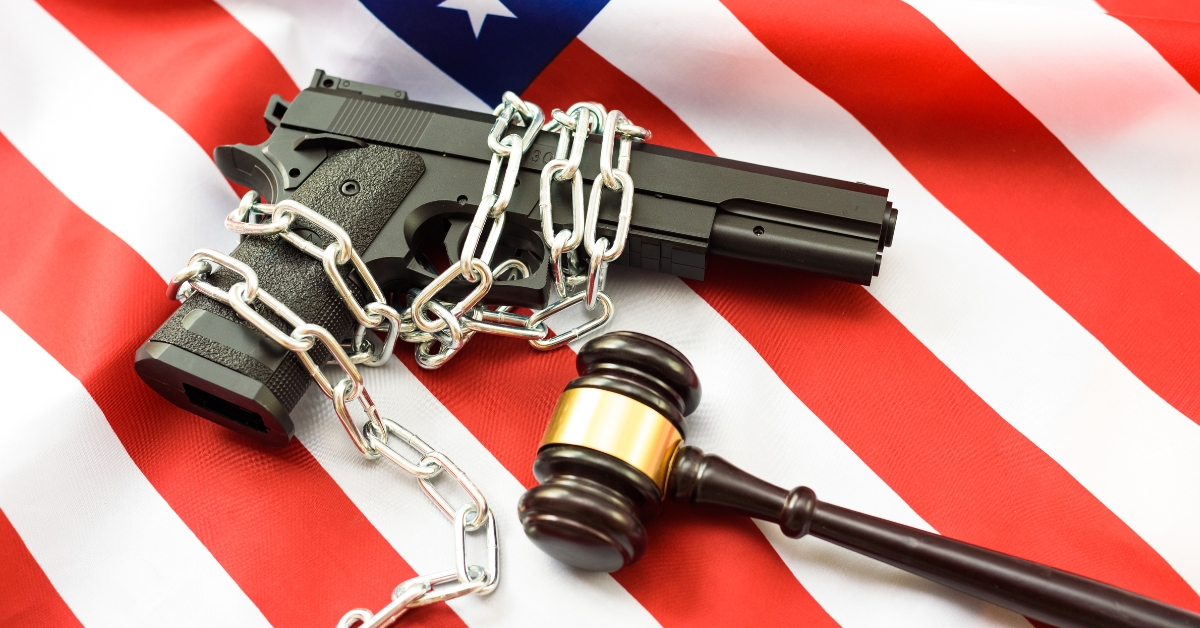
Federal Judge Blocks Enforcement of ATF’s Pistol Brace Ban
In the aftermath of a tragic 2021 shooting in Boulder, Colorado, the Bureau of Alcohol, Tobacco, Firearms, and Explosives (ATF) decided to reassess gun regulations. However, instead of delving into the motives behind the shooting, the Biden administration opted for further firearm regulation, specifically targeting the stabilizing braces used in the crime.
The shooter was later deemed incompetent to stand trial, fading from public memory. Nevertheless, gun control advocates seized the moment, pushing for stringent measures in Colorado and prompting federal rulemaking at the national level.
The chosen firearm, a Ruger AR-556 pistol with a stabilizing brace, offered a unique opportunity for the gun control agenda. To avoid the more stringent National Firearms Act regulations, the administration aimed to classify the use of most arm braces as short-barreled rifles (SBRs). This move, however, contradicted federal law, as SBRs are defined by their design for shoulder use, not mere capability.
Numerous lawsuits ensued, resulting in injunctions against ATF’s ban for the named plaintiffs, including members of gun rights organizations involved in the legal battles. However, the Britto v. ATF case, challenging the rule under the Administrative Procedures Act, expanded protection against enforcement not just for the plaintiffs but nationwide.
US District Judge Matthew Kaczmaryk granted a nationwide injunction, putting enforcement of the rule on hold for everyone. He emphasized that the government’s rule failed the logical-outgrowth test and violated the APA, making it unlawful. The judge’s order indicated a likely success for the plaintiffs on the merits, suggesting the rule’s return was highly unlikely, unless ATF could sway the Fifth Circuit Court of Appeals to rule differently.
In his order, Judge Kaczmaryk stated, “As explained in Garland, “[t]he controlling law of this case is that the Government Defendants’ promulgation of the Final Rufle ‘fails the logical-outgrowth test and violates the APA’ and ‘therefore must be set aside as unlawful’ under the APA. … It follows, then, that there is no injury that the Government Defendants or public-at-large could possibly suffer from if enforcement of the Final Rule were enjoined.” … Additionally, ATF admits the 10-year cost of the Rule is over one billion dollars. … And because of the Rule, certain manufacturers that obtain most of their sales from the stabilizing braces risk having to close their doors for good.”
While acknowledging the ATF’s goal of reducing mass shootings, Judge Kaczmaryk emphasized the importance of addressing public safety concerns within the bounds of the law. He concluded that the rule, as implemented, did not meet those standards.














